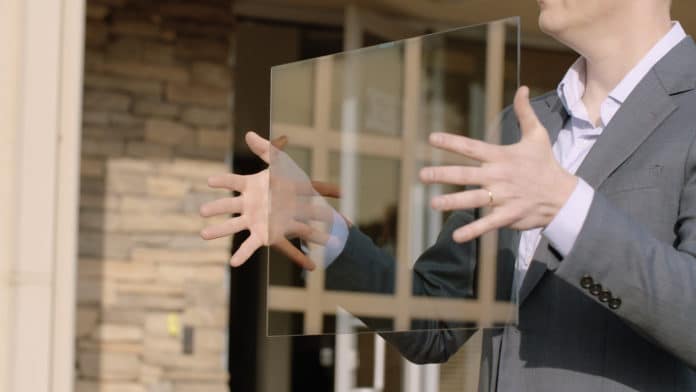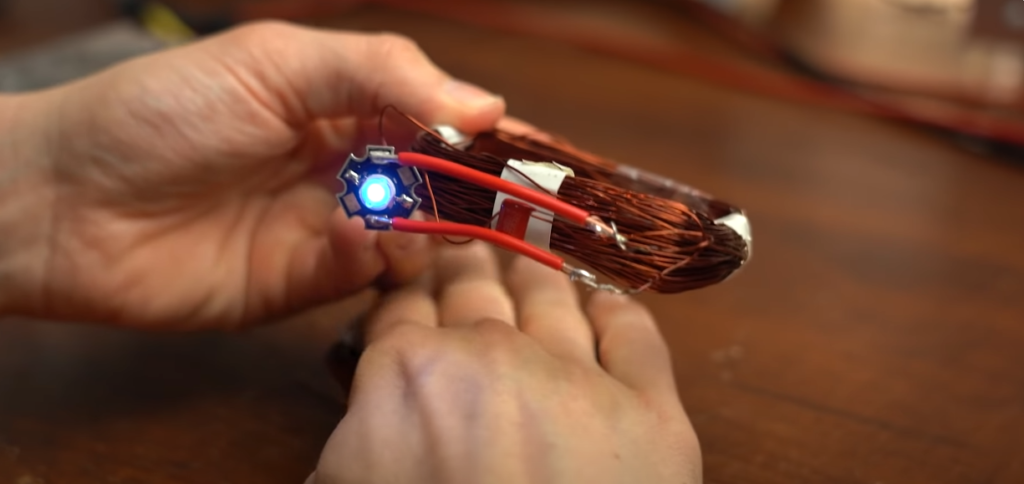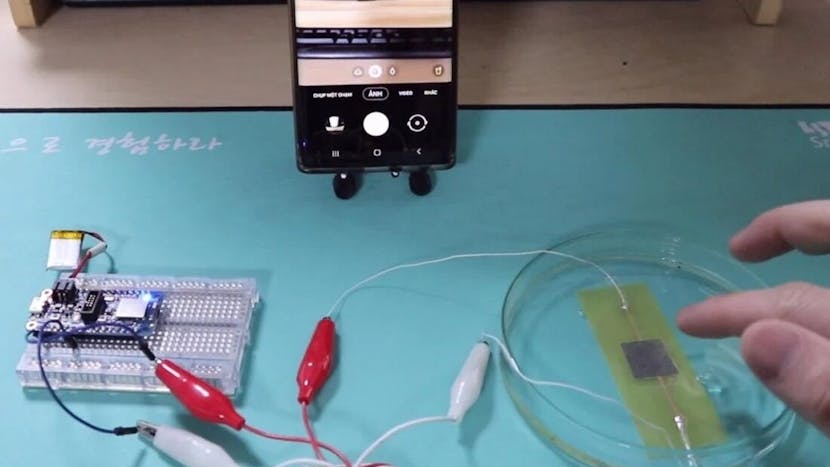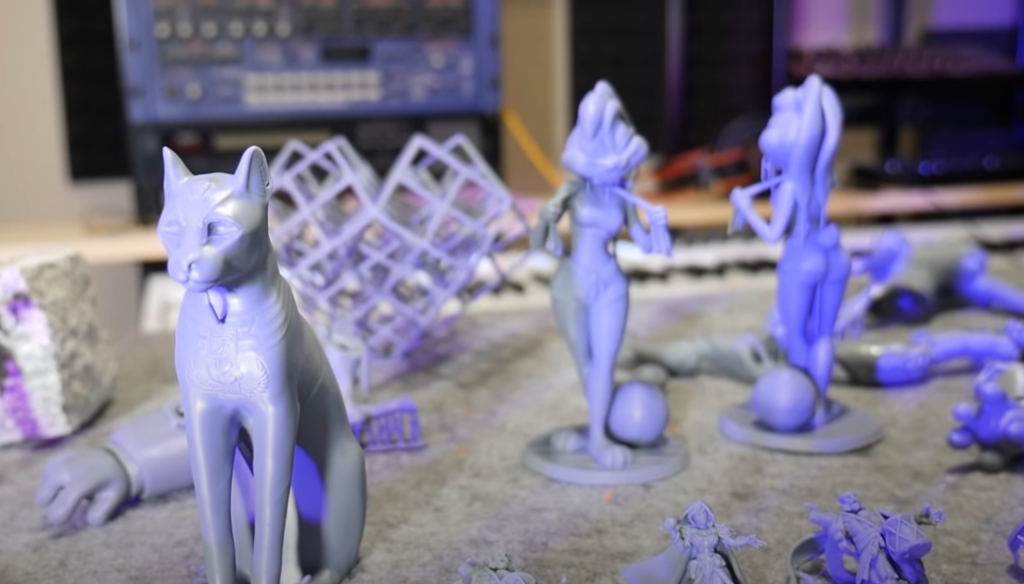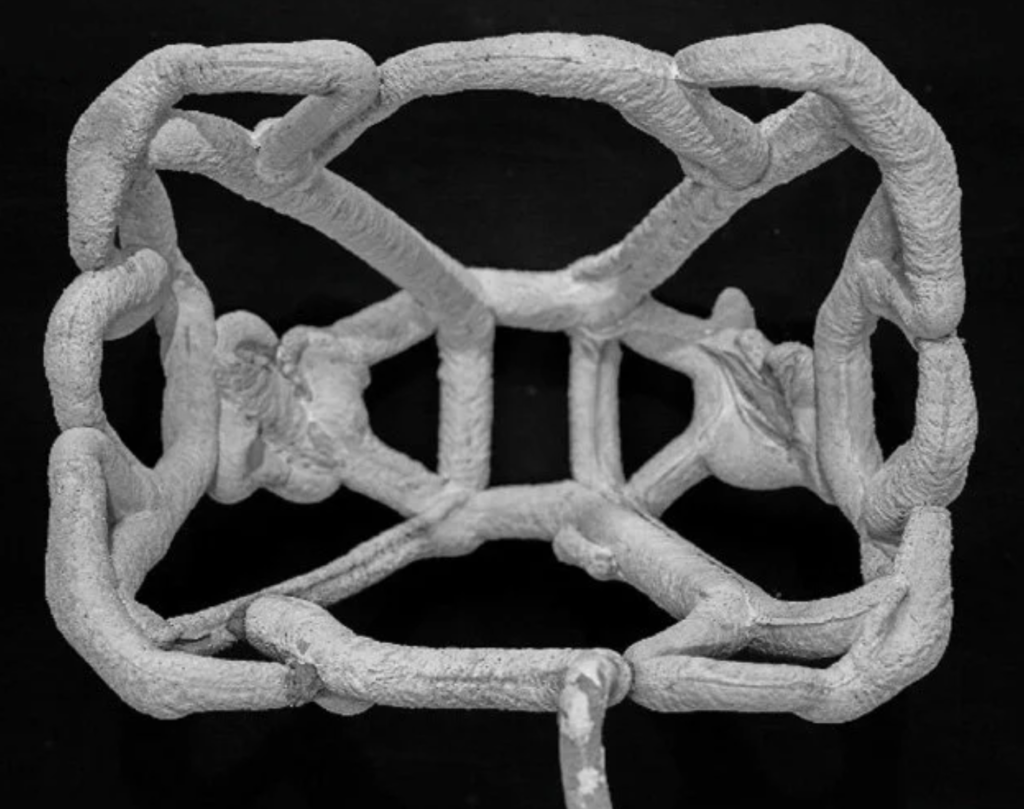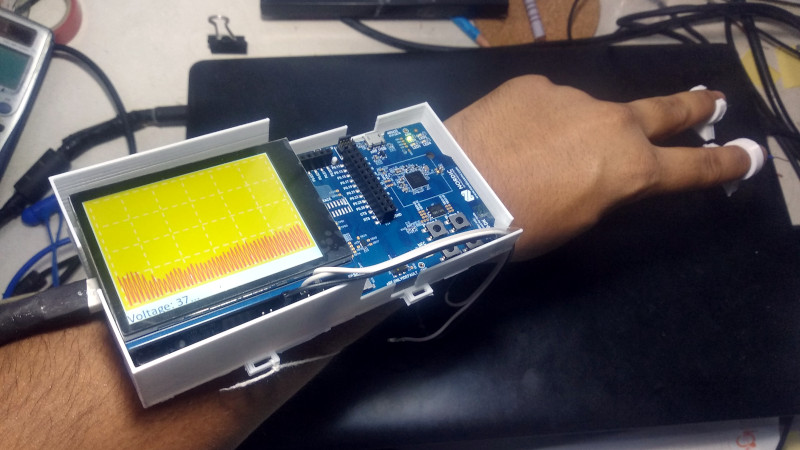With the continuous creativity of humans, solar batteries have “escaped” from the familiar gray photovoltaic cells. With surprising ways of “transforming,” solar cells not only help to utilize the energy from nature, but they also have applicability and high aesthetic efficiency.
Now, a young California company Ubiquitous Energy has developed a “ClearView Power window” with transparent solar cells that selectively transmit light visible to the human eye while absorbing only the ultraviolet and infrared light and converting it into electricity. The company, which emerged from the Massachusetts Institute of Technology in 2012, hopes to use that technology to turn virtually any everyday glass surface into a solar cell.
